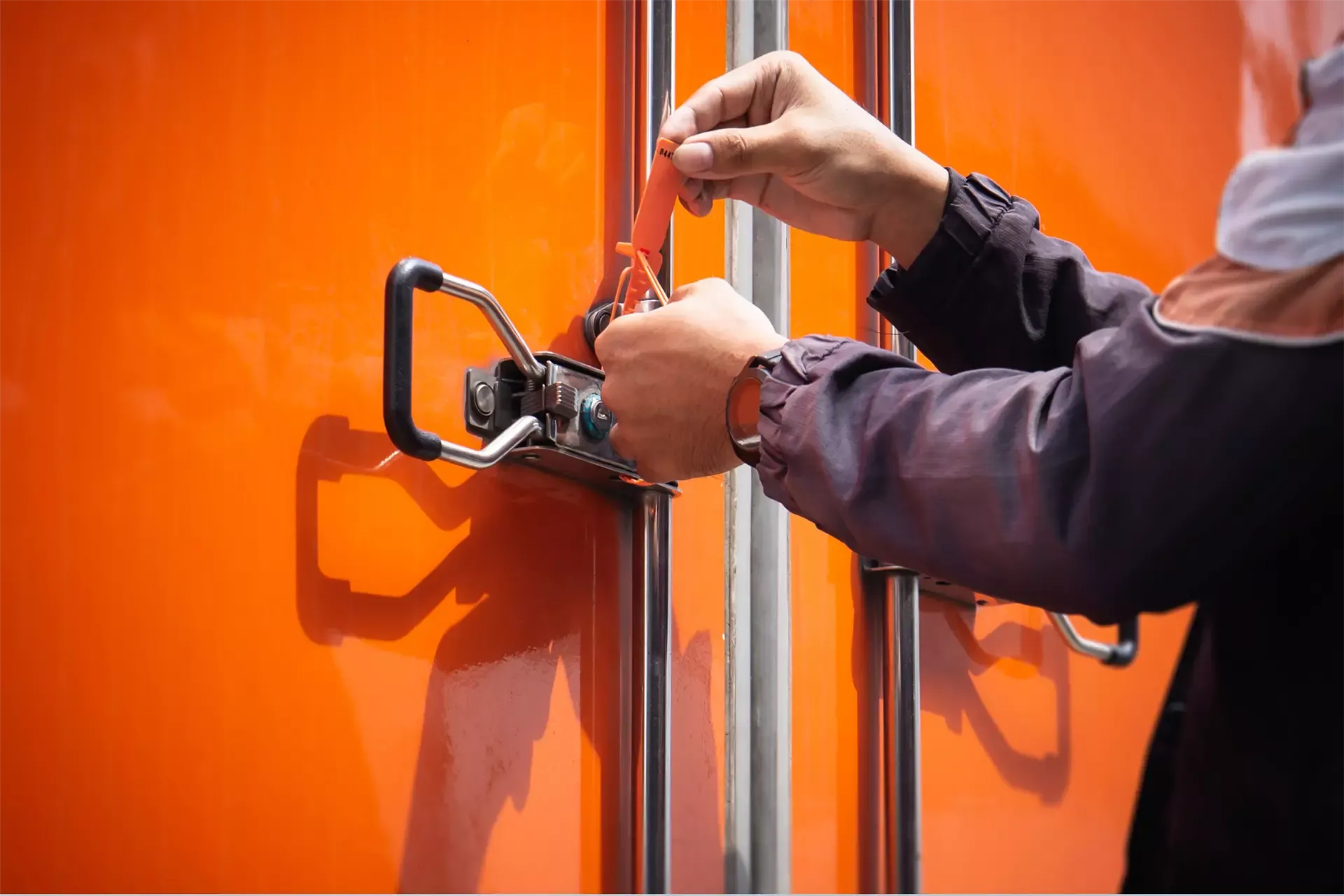What Are CTPAT Seals and Why Are They Essential for Your Shipments?

In today’s global supply chain, every detail matters when it comes to protecting your cargo. The CTPAT program(Customs-Trade Partnership Against Terrorism) was created by U.S. Customs and Border Protection to strengthen the security of international trade. One of its core requirements is the use of high-security seals that comply with ISO 17712 standards.
These seals are more than a simple locking device—they act as both a physical barrier and a proof of integrity, ensuring that your shipments arrive intact and untampered with.
Understanding the CTPAT Program
The Customs-Trade Partnership Against Terrorism (CTPAT) is a voluntary initiative launched in 2001. It aims to protect the global supply chain from threats such as terrorism, smuggling, and unauthorized intrusions.
For companies exporting to the United States, compliance with CTPAT requirements can be crucial. It provides several benefits:
-
Reduced risk of delays at border crossings due to fewer inspections.
-
Increased credibility with partners and clients.
-
Demonstrated commitment to security and international trade compliance.
A critical part of compliance is the use of ISO 17712-certified high-security seals, designed to ensure end-to-end cargo integrity.
What Is a CTPAT Seal?
A CTPAT seal is a mechanical device applied to containers, trailers, or cargo doors. It serves two primary purposes:
-
Preventing unauthorized access by acting as a strong physical lock.
-
Providing visible proof of integrity—any attempt to tamper with or replace the seal leaves a clear and irreversible trace.
Each seal carries a unique identification number that is logged into shipping documentation, making it a vital part of both security and traceability.
Compliance Requirements
CTPAT-compliant seals must meet strict standards, including:
-
ISO 17712 certification, proving resistance to tampering and forced entry.
-
Unique numbering that cannot be duplicated or altered.
-
Durable materials capable of withstanding cutting, prying, or weather conditions.
-
Visible evidence of tampering, so any breach is immediately identifiable.
Using non-compliant seals can lead to shipment delays, additional inspections, or even denial of entry at U.S. borders.
Secur-T’s CTPAT Seal Solutions
At Secur-T, we provide a carefully selected range of cable and bolt seals that meet CTPAT and ISO 17712 requirements. Each model is designed for maximum security, reliability, and ease of use.
Cable Seals
Flexi Grip
An adjustable and versatile cable seal that adapts easily to various cargo types and locking mechanisms. Simple to install, highly flexible, and cost-effective.
Tydenflex
A robust, heavy-duty cable seal designed for high-risk shipments and long-distance transportation. Built for strength and resilience in demanding environments.
Bolt Seals
Snaptracker
A widely trusted high-security bolt seal, ISO 17712 certified, ideal for container doors and heavy-duty transport applications. Known for its reliability and tamper-evident design.
Locktainer
A durable bolt seal built to withstand harsh conditions and rigorous handling. Perfect for trailers, shipping containers, and intermodal transport requiring maximum protection.
Why Choose Secur-T?
For over 40 years, Secur-T has specialized in security solutions for logistics and industrial applications. Our CTPAT seals stand out thanks to:
-
Full compliance with CTPAT and ISO 17712 standards.
-
Traceability through unique serial numbers and secure documentation.
-
Proven durability, tested to resist tampering and forced entry.
-
Large inventory and quick shipping across Canada.
-
Expert guidance, helping you choose the right seal for your specific needs.
Best Practices for Seal Application
A seal’s effectiveness depends not only on its design but also on how it is used. Follow these best practices to ensure compliance and maximum security:
-
Apply the seal immediately after loading and record its unique number in documentation.
-
Train authorized staff on proper seal application and verification.
-
Inspect seals regularly during transit for any signs of tampering.
-
Maintain a secure inventory of unused seals to prevent theft or substitution.
-
Document any anomalies (replacement, damage, inspection) and inform all relevant parties.
Conclusion
CTPAT seals are more than a regulatory requirement—they are a symbol of trust, reliability, and accountability in your supply chain. By choosing Flexi Grip, Tydenflex, Snaptracker, and Locktainer seals from Secur-T, you invest in certified, durable, and internationally recognized solutions that keep your cargo secure from origin to destination.
Our Secur-T team is ready to assist you:
- By email: info@[email protected]
- By phone: 514-333-0077 (press 2)
- Through direct chat at https://securt.ca/a-propos/contacts/
